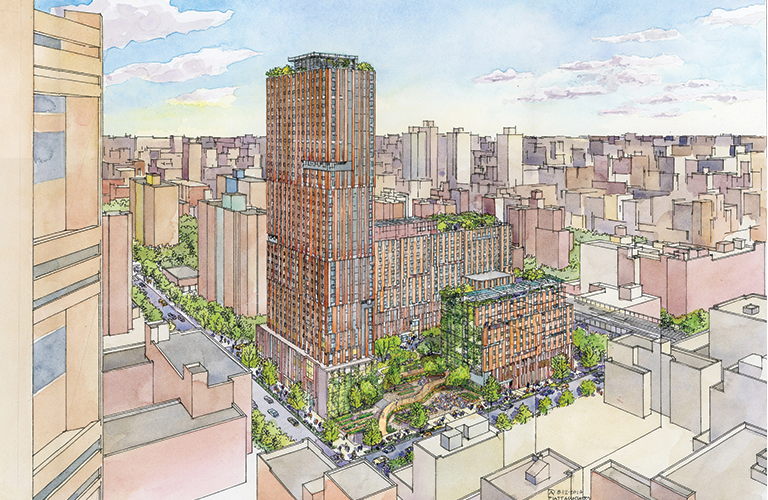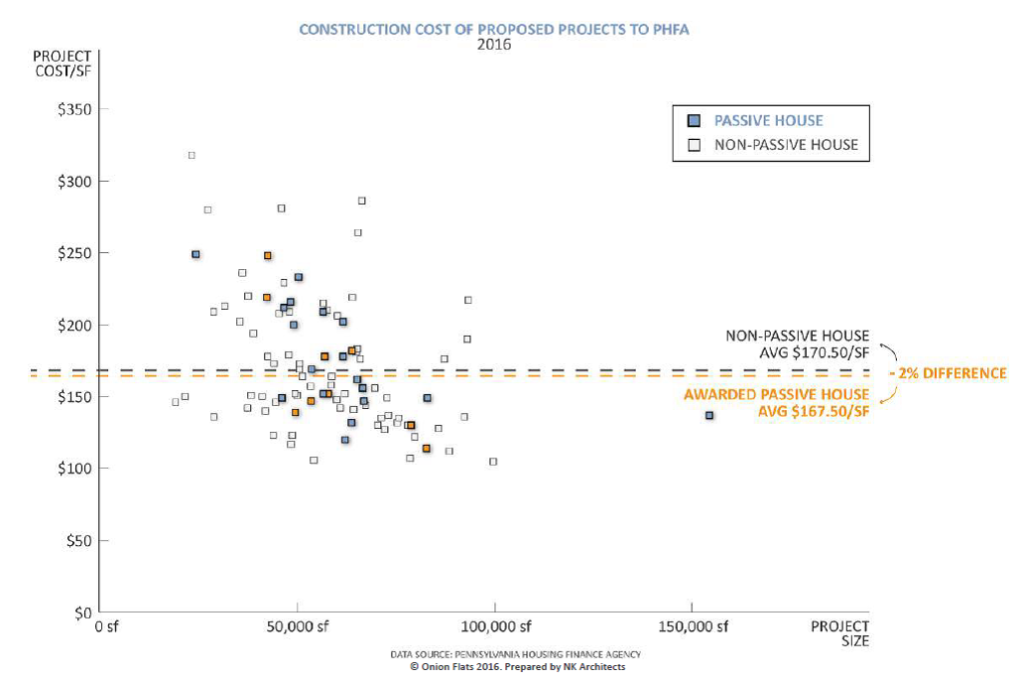It’s been over 25 years since the Passive House concept — tight, well designed and insulated envelope and minimized mechanical loads — was formalized in Germany, and it feels like the movement has reached a tipping point here in North America. I recently presented on NBI’s 20% Stretch Code work at the North American Passive House Network’s (NAPHN) annual conference which was held this year in Oakland, California. Three key takeaways from the conference that are driving interest and growth in the implementation of Passive House principles were apparent in the presentations and conversations during the event.
 1. Net Zero Energy (ZE) Buildings and the Grid: The theme of this year’s was conference was “Passive + Renewables” making California an appropriate backdrop as the state is having to address the load balancing implications on its power grid after years of promoting solar photovoltaics as part its ambitious renewable energy goals.
1. Net Zero Energy (ZE) Buildings and the Grid: The theme of this year’s was conference was “Passive + Renewables” making California an appropriate backdrop as the state is having to address the load balancing implications on its power grid after years of promoting solar photovoltaics as part its ambitious renewable energy goals.
The amount of solar power coming online stands to increase as California code requires net ZE construction starting in 2020. Here at NBI, we have recognized the need to emphasize deep efficiency as part of net zero goals and we have been working to develop our GridOptimal Initiative to help standardize this approach. As the name alludes, this deep efficiency approach is also baked into the core of the Passive House Standard, and our friends at Integral Group presented on some of the benefits of the passive approach by comparing a code level ZE house to a passive house in a variety of California climate zones.

2. A Low-Carbon Solution for Cities: Two North America cities were very well represented at the conference highlighting the role passive house is playing in helping them meet their aggressive greenhouse gas (GHG) reduction goals. Vancouver, British Columbia, is striving to be carbon neutral by 2020 as part of its Greenest City goals and has incorporated passive house into its zone code as a way to reduce emissions from its buildings. New York City has a 30% reduction goal for building-based GHG emissions in its action plan One City: Built to Last and is actively promoting passive house for new construction and retrofit projects. Recent highlights include completion of the world’s tallest certified passive house, a residential multifamily building at Cornell Tech. Another planned building, Sendero Verde, will be the largest Passive House project in the country. RiseBoro also has plans to retrofit 264 affordable housing units to passive house standards across their 12 building portfolio. In both of these cities they are looking creatively at how to apply policy levers to promote passive house projects as well as exploring the technical limits of applying the standard to tall buildings.
3. Affordable Housing is leading the charge: In perhaps the most inspiring presentation I witnessed at the conference, the architect and developer Tim McDonald (of Onion Flats) shared how 18 Pennsylvania affordable passive house projects have been awarded funding in 2015 and 2016 through the Pennsylvania Housing Finance Agency (PHFA). This was accomplished by making Passive House certified projects eligible for points through the Qualified Allocations Plan (QAP) which specifies the criteria the PHFA will use to select projects competing for tax credits. In 2015, the eight certified passive house projects cost on average 2.5% more than the 31 non-passive house projects that received funding. In the second year, the 10 passive house projects came in for 2.5% less than the other projects. This was a startling revelation that served to dispel the myth that passive house projects are too expensive for mass adoption. Here is a real world example where hundreds of residents get to reap all the benefits of a passive house – improved comfort and indoor air quality, low utility costs – for essentially no additional costs.

by Mark Lyles, Project Manager
